Before the holes are dug, the plants planted and the mulch installed, stop and think about how the plants will react to the surroundings. Will they look lush, heavy with blooms and have intense fall color or will they be sparse, with few blooms, washed out fall color and look weaker by the year? Typical make-up of the soil in our area is clay-based. Begin by preparing a good foundation which is done by amending the soil.
Soil amendments improve the physical properties of soil. They increase water infiltration and retention, nutrient-holding capacity, and aeration. Amendments are mixed into the existing soil and not just placed on top of the soil such as mulch.
Gardeners can make their own compost using fruit, vegetable and other household scraps. If you aren’t composting, consider choosing quality prepackaged soil amendments like the ones offered at Pahl’s. Sand is natural with grains larger than beach sand that can help with drainage problems by loosening soil. Compost manure is an odorless, organic farm by-product used as a plant food to enrich potting mix and seedbeds. Lime is a natural white powder left over from mining procedures that can help lower soil acidity. Sphagnum peat moss is completely organic, odorless and natural. Peat moss absorbs water up to 20 times its dry weight; the absorbed water is then slowly released to plant roots. Sphagnum peat moss aerates and lightens heavier soils such as clay. It adds mass to sandy soils to reduce the leaching of nutrients. Topsoil is commercially produced compost that’s usually partially decomposed. Because of its rough texture, use topsoil in the yard or mixed with other products, and not as a potting soil.
Start by digging in the planting bed area and loosening the clay. Dig down about 12-18 inches in depth. This can be done with a tiller, garden fork or pointed shovel. No access to a tiller, digging by hand will give you a nice, physical workout. Start by adding 3 inches of bagged planting soil or bulk garden soil, 3 inches of compost, and finish with 3 inches of well rotted, bagged manure. After you finish adding all the amendments, till the ground until everything is well blended. Using the garden fork or shovel will take some extra time and more effort. After you have finished blending, pick up a handful of soil and try to make it into a ball and press out flat. It should easily fall apart.
There are only a few steps left to complete the process. Place the plants in the planting bed and then finish with the planting of them. Plant them approximately 1 inch high and taper the soil down away from the base of the plant. This will help so water does not pond at the base of each plant. The next step is to install wood mulch at a depth of 2 to 3 inches. Finish with watering each plant at the base and not on the foliage. Rock mulch can be used, but remember, it does not add anything to the soil health. In closing, soil is what you plant in and dirt is displaced soil or something you get on your knees. Good luck with your future soil amending project. Your plants will be very happy. If you have any amending questions, give us a call at 952-431-4345, or drop us an email at askpahls@pahls.com.

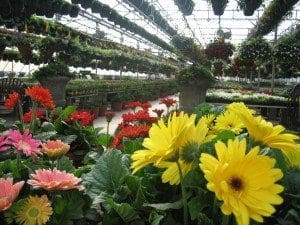
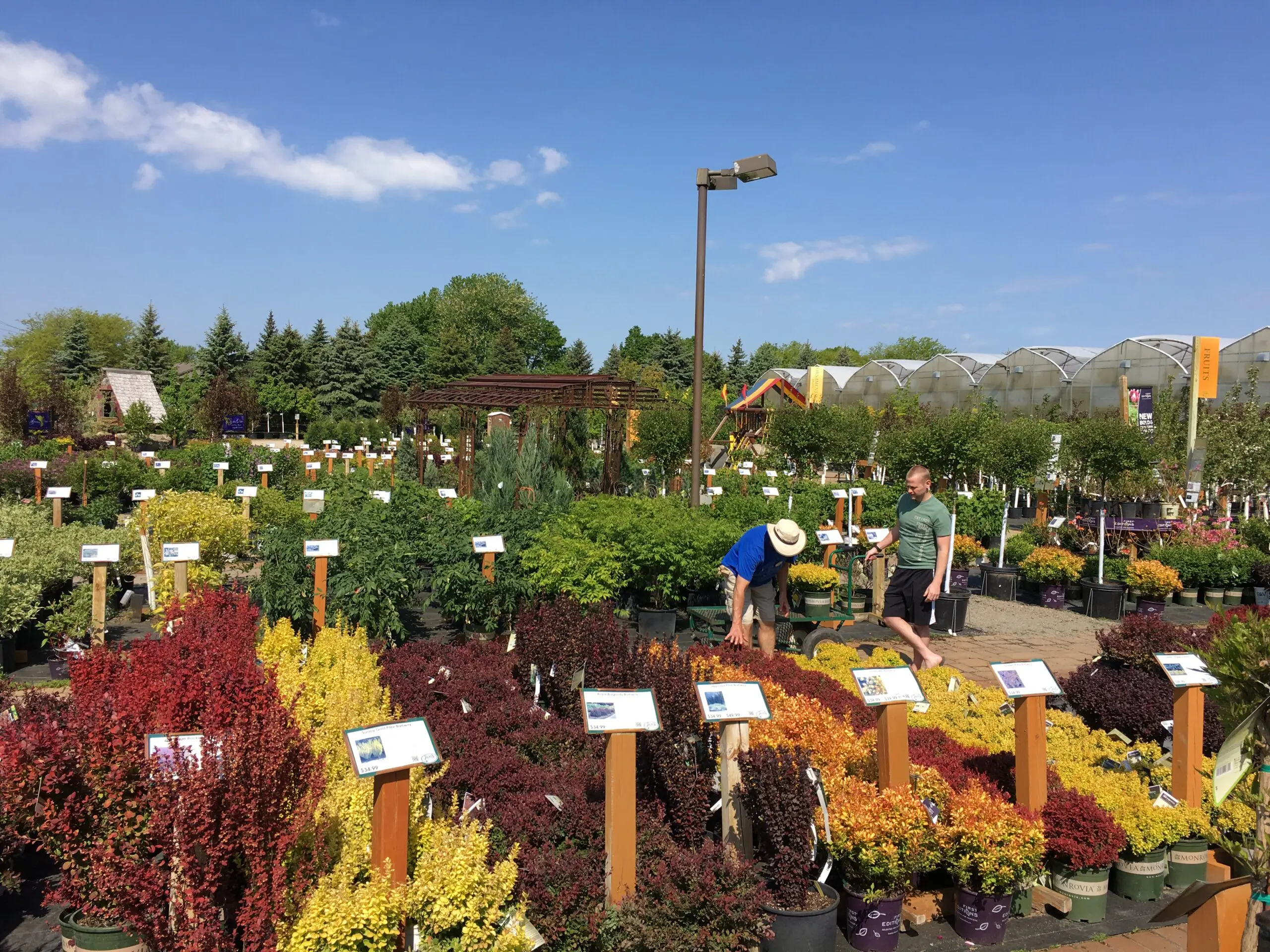
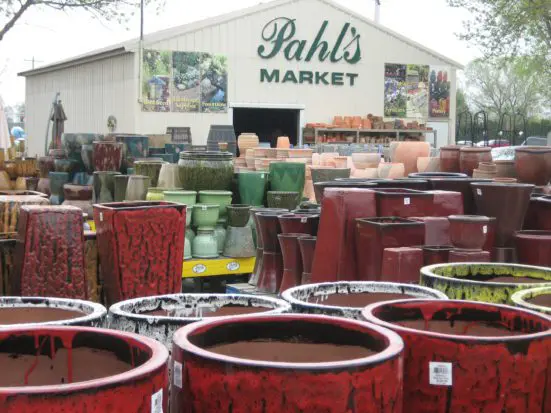
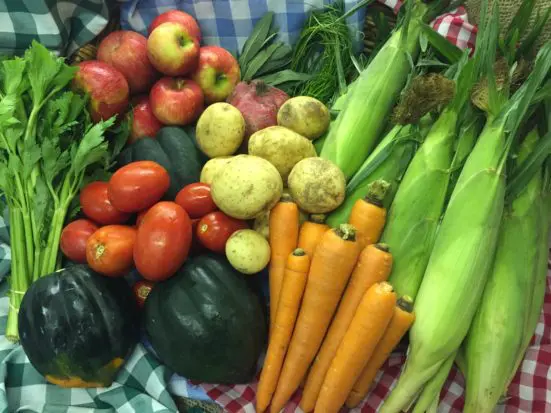

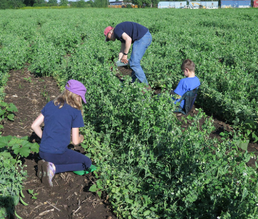
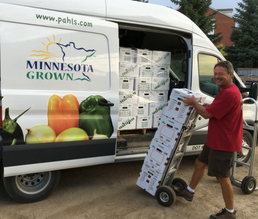
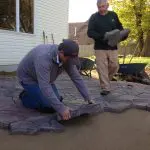
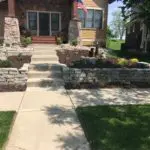
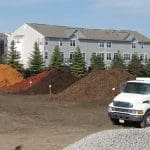

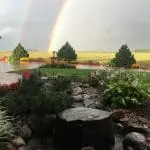




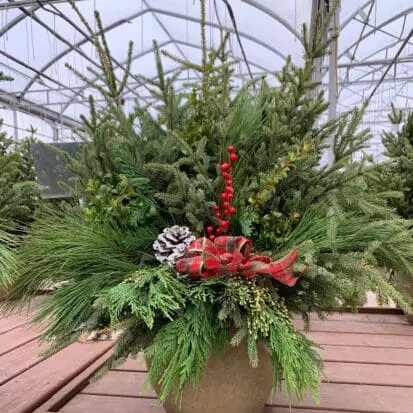
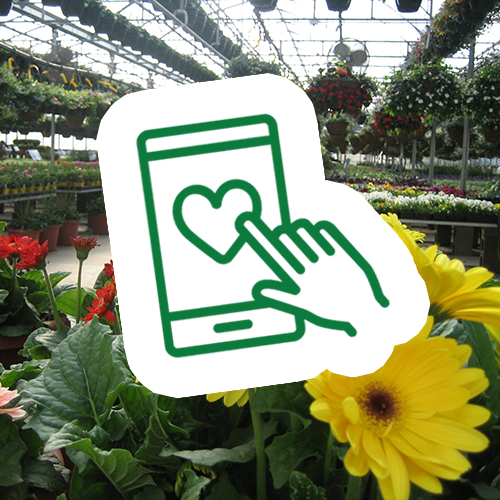
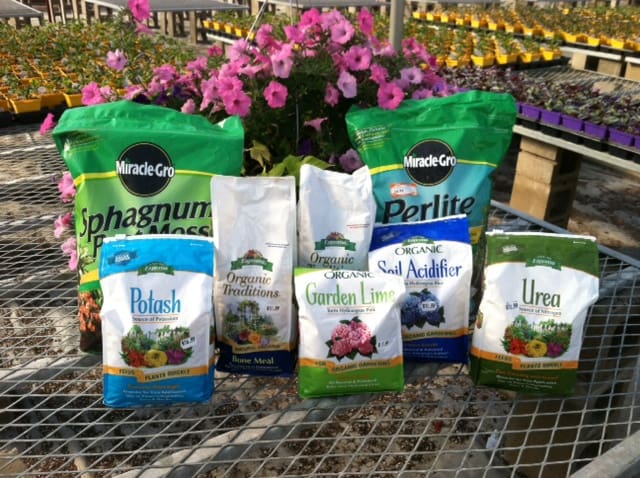
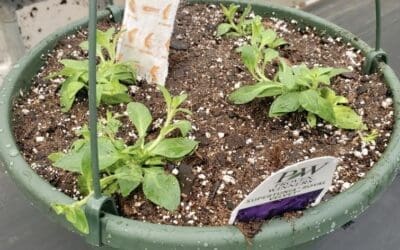
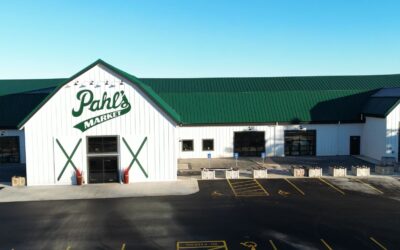

0 Comments